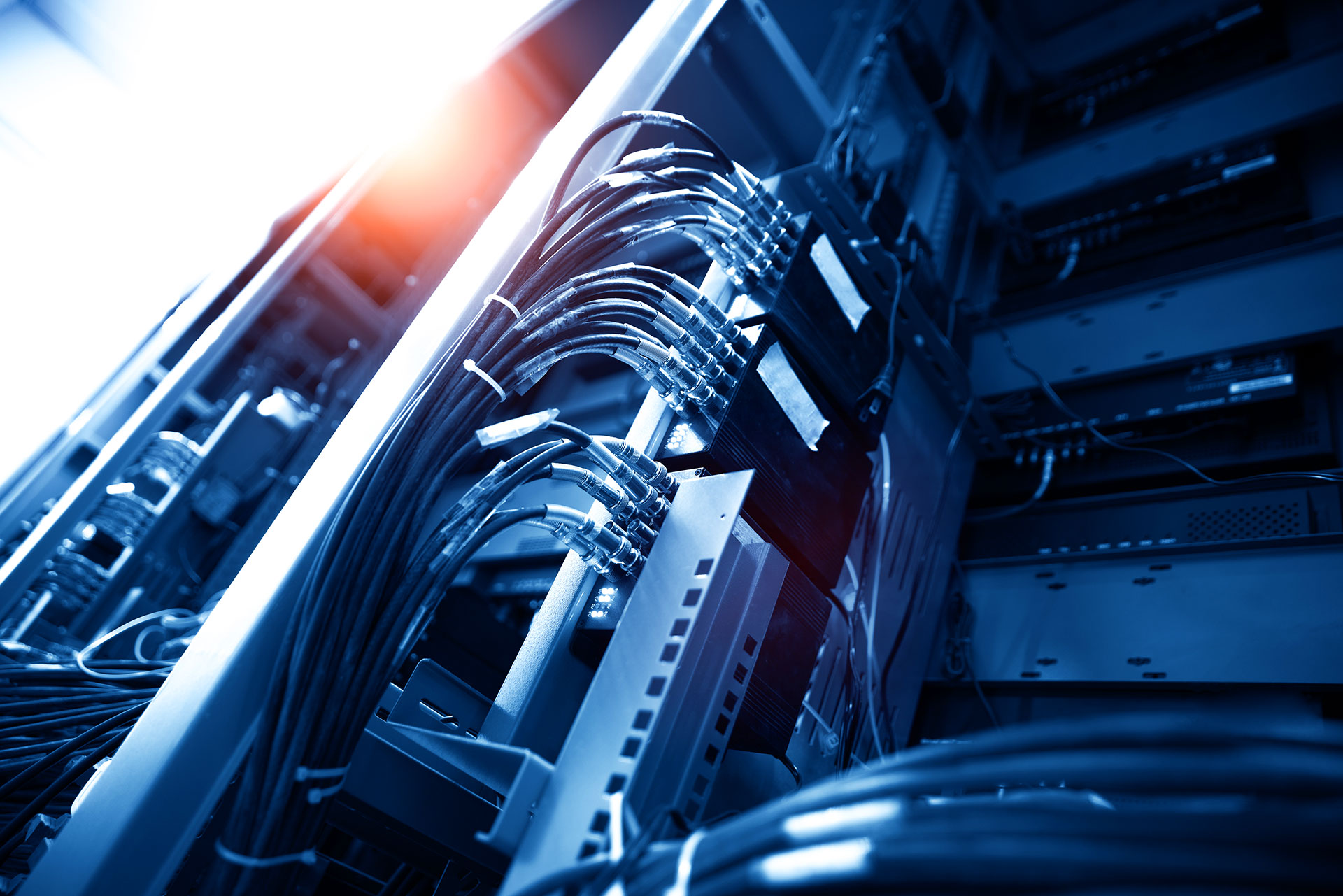Why Data Center Site Selection Is Nothing Like Other Real Estate Decisions
Most people think picking a site for a data center is like choosing a location for an office or warehouse. Find land, check zoning, make a deal. Simple, right? Not even close.
Data centers live by their own rules. The location isn’t just about square footage or price; it’s about resilience, uptime, and the unseen systems humming beneath the surface.
This isn’t real estate. It’s risk management wrapped in concrete and cables.
Power Isn’t a Utility, It’s Lifeblood
Regular developers talk about access to power. Data center builders talk about redundancy, grid stability, and substation reliability. Because one power feed isn’t enough. The right site doesn’t just have electricity, it has multiple paths for it. Two, three, sometimes four feeds. Backup generators. Battery systems that keep running even when the grid goes dark.
If you don’t build for failure, failure finds you.
Climate and Cooling Decide the True Cost
You can’t ignore nature. Data centers feel every degree of heat, every spike in humidity, every gust of dust-laden wind.
That’s why climate isn’t just an afterthought; it’s a design parameter.
Cooler, drier regions can cut energy consumption dramatically. Hot, wet climates need stronger HVAC systems, which means higher operating costs year after year.
It’s not about surviving the weather; it’s about partnering with it.
Fiber Is the New Highway
Forget foot traffic. Data centers live on digital highways. Without fiber diversity, multiple carriers, redundant routes, and low latency, you’re stranded.
A property that looks ideal on paper can fail completely if it’s too far from a fiber backbone.
Bandwidth defines value now. Not frontage. Not parking lots. Not views.
Local Rules Can Wreck the Clock
Zoning, permitting, and environmental impact assessments can quietly stretch timelines for months. The irony? Some of the most “affordable” regions come with the longest approval cycles.
The best teams know this. They scout early, build relationships, and factor bureaucracy into the schedule long before breaking ground.
A cheap site that delays you a year isn’t cheap at all.
The Real Checklist
Picking the right site means asking the right questions:
- How stable is the grid?
- How far to the nearest substation?
- How many fiber providers serve the area?
- What’s the climate efficiency profile over ten years?
- Are there expansion opportunities without regulatory resets?
If your answers sound vague, keep looking. Because once the concrete cures and the servers spin, there’s no moving day.
Conclusion
The best data center sites aren’t found, they’re earned through diligence, foresight, and a deep understanding of how physical infrastructure supports digital life.
It’s not about “where” you build. It’s about how much risk you eliminate before the first cable touches the ground. And in this world, that difference isn’t measured in acres. It’s measured in uptime.




Leave a comment